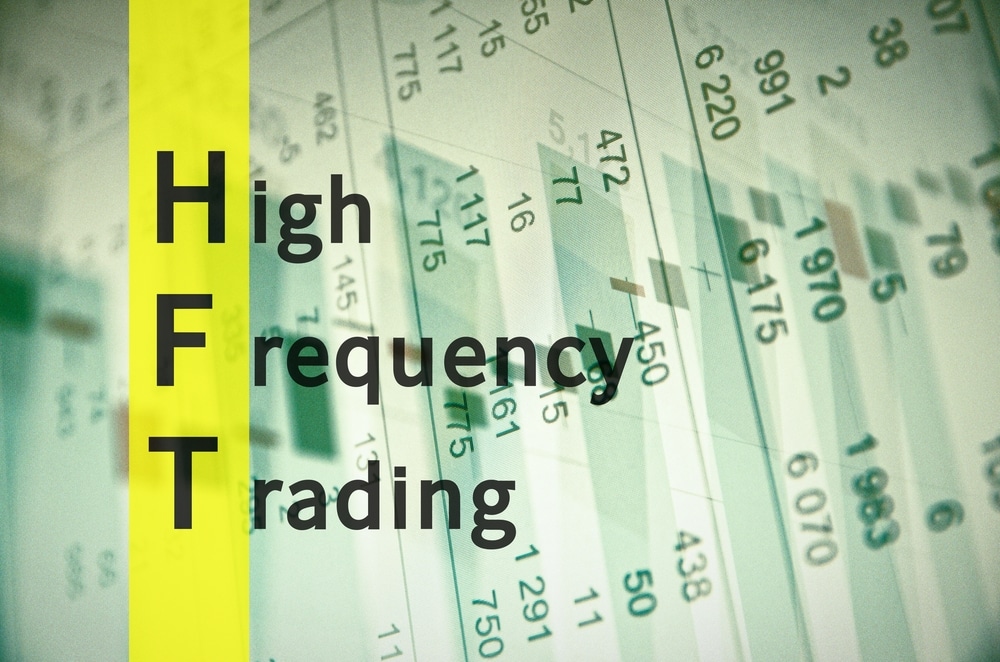
The Impact of High-frequency Trading on Retail Investors
Capital markets are one of the purest forms of true trade. Almost all participants, except for central banks, participate with a specific intention: to make money. Whether you are a trader looking to earn a daily living or a corporate hedger looking to maintain cash flows, participants in the capital markets are focused on maximizing income most efficiently.
What makes most capital markets efficient is the underlying belief that you can enjoy liquidity in almost all commercial markets. Most day traders, whether they trade forex pairs or stocks, or even commodities, participate because they can control their risks and exit positions when they are correct as well as when they are wrong.
The cost of joining a market that has sufficient liquidity is that many traders are looking to benefit from the creation of liquidity. Taking most of the headlines are high-frequency traders who provide liquidity. But in many cases, they incur a cost that could outweigh the benefits small investors receive from participating in liquid capital markets.
What are high-frequency traders trying to do?
The term traders or high-frequency trading describes an algorithm that is operating thousands of times a day to capture inefficiencies in the prices of a security. The concept is a relative term, explaining how market participants use technology to obtain information and act accordingly before the rest of the market.
Because of the regulatory changes, the concept of creating competition between trading operations the stock market has become fragmented. Liquidity is spread across many equity and dark fund trading operations. This complexity has created profit opportunities for tech-savvy traders. High-frequency traders use high-speed connections in combination with trading algorithms to exploit inefficiencies created by the new market. There are many strategies used by high-frequency traders.
Good for traders, bad for brokers
The main thing to pay attention to in the previous paragraph is the issue with the connection. You see, in order for the traders to have the absolute advantage on these platforms, they need to have the best connection they could possibly get. For large brokerages or exchanges that have huge databases, this means that the traders need to have their own device as close to the server as possible. This is one of the main reasons why we see real estate prices skyrocket. Particularly, once an exchange or a broker establishes a branch there. The most primary example for this would be Wall Street in New York.
And this is not just the case for stock exchanges or anything. Plenty of FX brokers have already embraced this trading strategy and are allowing it on their own servers. However, it may not be available for several regions depending on the regulation. But no matter what, most of the top-rated currency trading brokers will most likely feature some kind of support for HFT one way or another. In most cases, facilitation would occur via VPS trading options for retail traders. However, there are many larger-scale operations for institutions.
What is VPS? Well, it’s an abbreviation for “Virtual Private Server”.
The traders set up this server as close as possible to the broker’s office and traded through that specific server. This gives only a few milliseconds in terms of time advantage. But, it could mean thousands in profits or losses for large traders.
The reason why this is bad for brokers in most cases is that the resources spent to accommodate this trading strategy may end up becoming void. Especially, as regulators all over the world have started to very strictly regulate High-Frequency Trading.
But this doesn’t necessarily mean that we will see a universal ban on it. As the trading strategy can provide some value to the market outlined below.
Why high-frequency traders help build liquidity
Traders trade and must pay a spread between the price they buy which is known as the offer, and the price they sell known as the bid. This differential or spread between the bid and the offer compensates the market makers for executing operations. While also providing liquidity to market participants who want to access the market at any time.
The more volatility the underlying asset shows, the wider the spread will be. By consistently trading in a market, high-frequency traders tend to reduce this spread by protecting market makers from the news that will generate unwanted volatility. Therefore, the trading costs for market participants decrease.
Liquidity goes hand in hand with trading. For trades to be successful, they need liquidity, and therefore there is a demand for high-frequency traders. Collaboration is the key to the success of both entities.
That is why high-frequency trading is beneficial
The liquidity provided by high-frequency trading is beneficial to market participants. In many cases, it allows the markets to provide the necessary liquidity to make them a viable venue. Unfortunately, the negatives associated with high-frequency trading outweigh the benefits.
Not only is there a problem with front running, where high-frequency trading firms execute client orders to generate income, it also creates unwanted instability when liquidity is most needed.
So investors are looking for businesses to offer a market that is fair and liquid. Thus, allowing them to generate income if the market moves as expected. During the time of complacency and relatively low volatility, high-frequency traders provide a pause for market makers. Moreover, they add an additional layer of liquidity. Unfortunately, asset markets suffer from periods of adverse scenarios when volatility increases and high-frequency traders are the first to be reluctant to provide liquidity.
A huge increase in volatility is the enemy of the individual investor. Most are looking for reasonable profits without disproportionate losses. Even though high-frequency traders provide the benefit of increased liquidity, they can also be the biggest reason why the retail investor experiences devastating losses.


